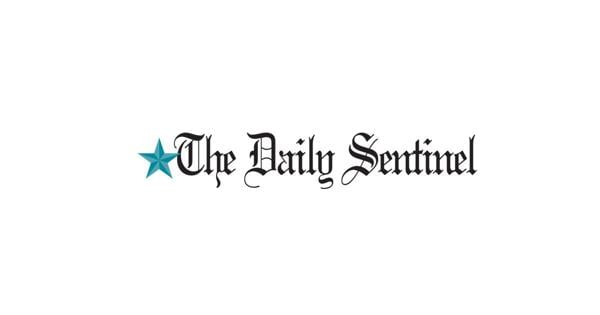The intricate dance between monetary policy and international trade continues to shape the global economic landscape, with recent decisions by the Federal Reserve and pronouncements from the White House at its core. This unfolding narrative highlights a cautious central bank navigating political pressures while global trade relations experience significant shifts.
In a closely watched move, the Federal Reserve has maintained its key short-term interest rate for the fifth consecutive time this year. This decision keeps the rate at approximately 4.3%, a level established after three reductions last year, signaling a consistent approach to economic stability in the face of varying economic indicators.
Federal Reserve Chair Jerome Powell has consistently articulated the central bank’s patient approach, indicating that rate adjustments would likely have occurred already were it not for the extensive tariffs initiated by President Donald Trump’s administration. Powell and other Fed officials emphasize the necessity of observing the full impact of these import duties on both inflation and the broader economic health before making any further policy shifts, aiming for a measured response to evolving conditions.
Notably, the decision to hold rates was not unanimous, with two Fed governors dissenting in favor of an immediate rate cut. This internal division underscores the complexities and differing perspectives within the central bank regarding the optimal path for monetary policy amidst current economic uncertainties and external influences.
Shifting focus to international commerce, President Donald Trump recently confirmed that the United States and India are still engaged in trade negotiations, even as new tariffs loom. Trump’s remarks indicate a fluid situation, suggesting that dialogue persists despite impending economic measures designed to rebalance trade relationships.
The backdrop to these discussions includes an impending 25% tariff on goods from India, along with an additional import tax, set to commence imminently. This move is part of the administration’s broader strategy to revise trade agreements and impose what it terms “penalties” on various countries, signifying a robust stance on international trade practices.
India’s government has publicly acknowledged that it is thoroughly assessing the implications of these announced tariffs. Despite the challenges, India’s Trade Ministry has reaffirmed its dedication to continuing negotiations, aiming to secure a “fair, balanced and mutually beneficial” bilateral trade agreement that serves the interests of both nations.
Collectively, these developments in monetary policy and international trade signal a period of significant recalibration for the U.S. and global economies. The interplay between domestic interest rate stability and assertive trade policies creates a complex environment for businesses and consumers alike, underscoring the ongoing challenges in fostering sustained economic growth and stability.





Leave a Reply